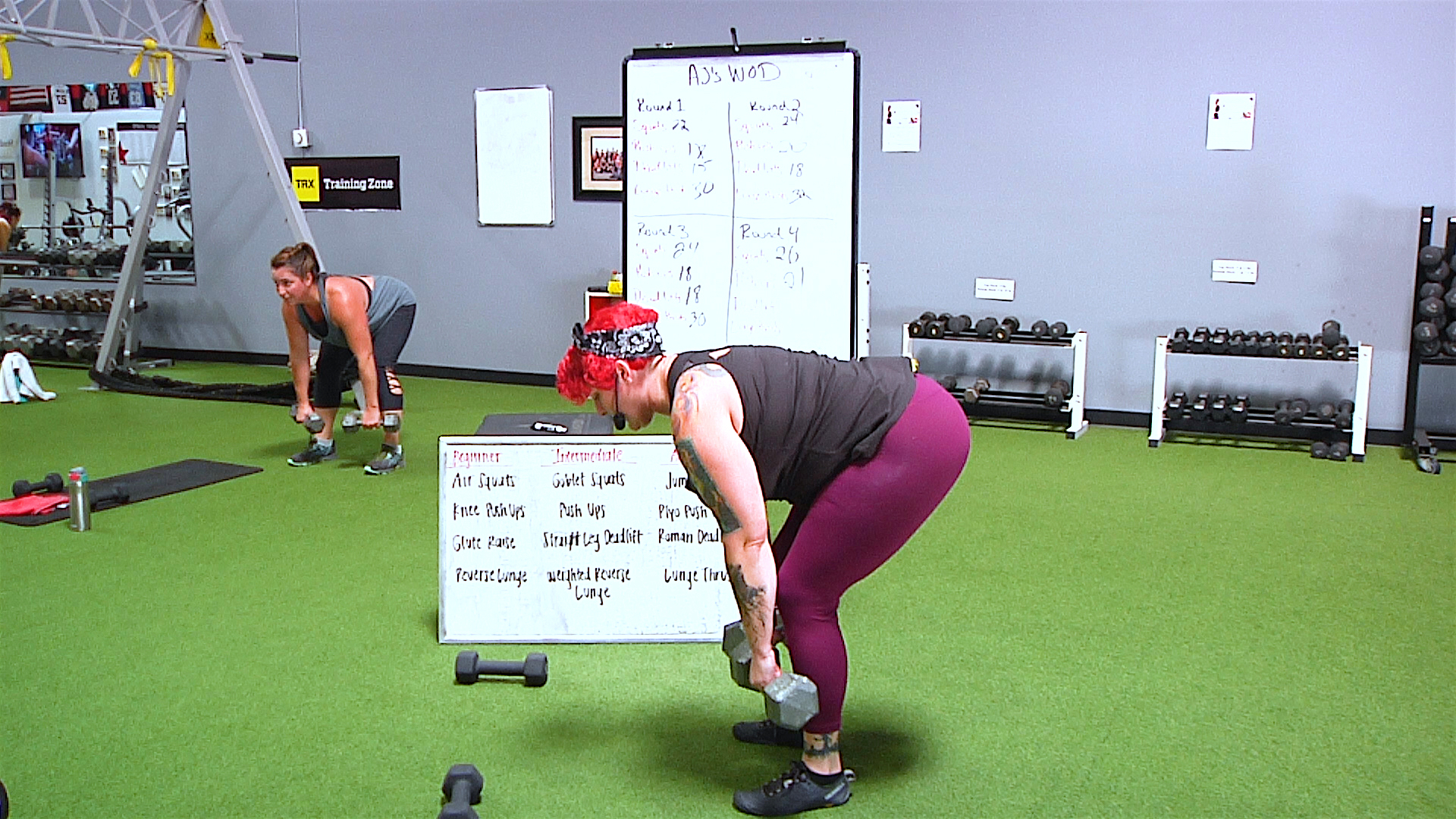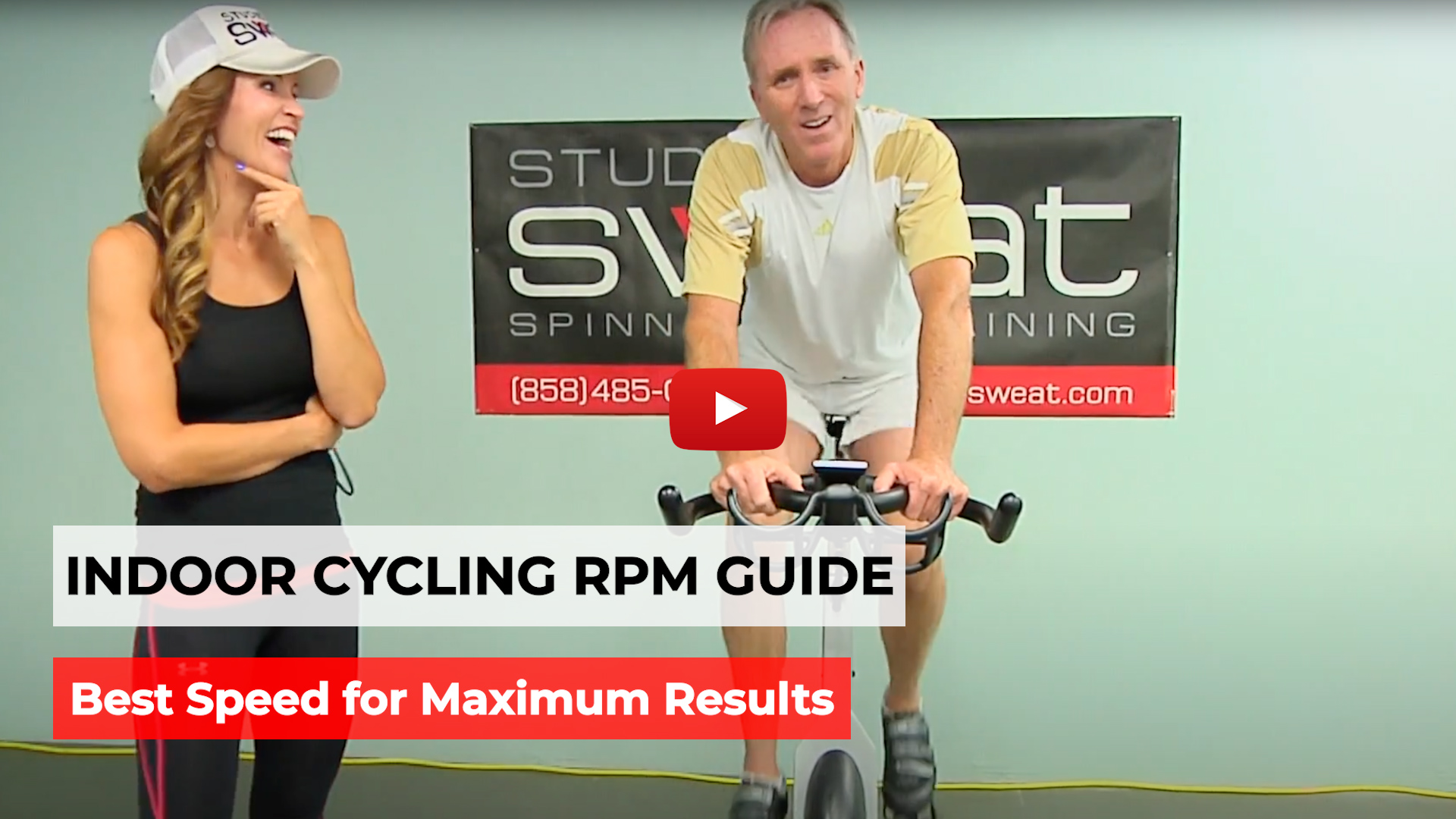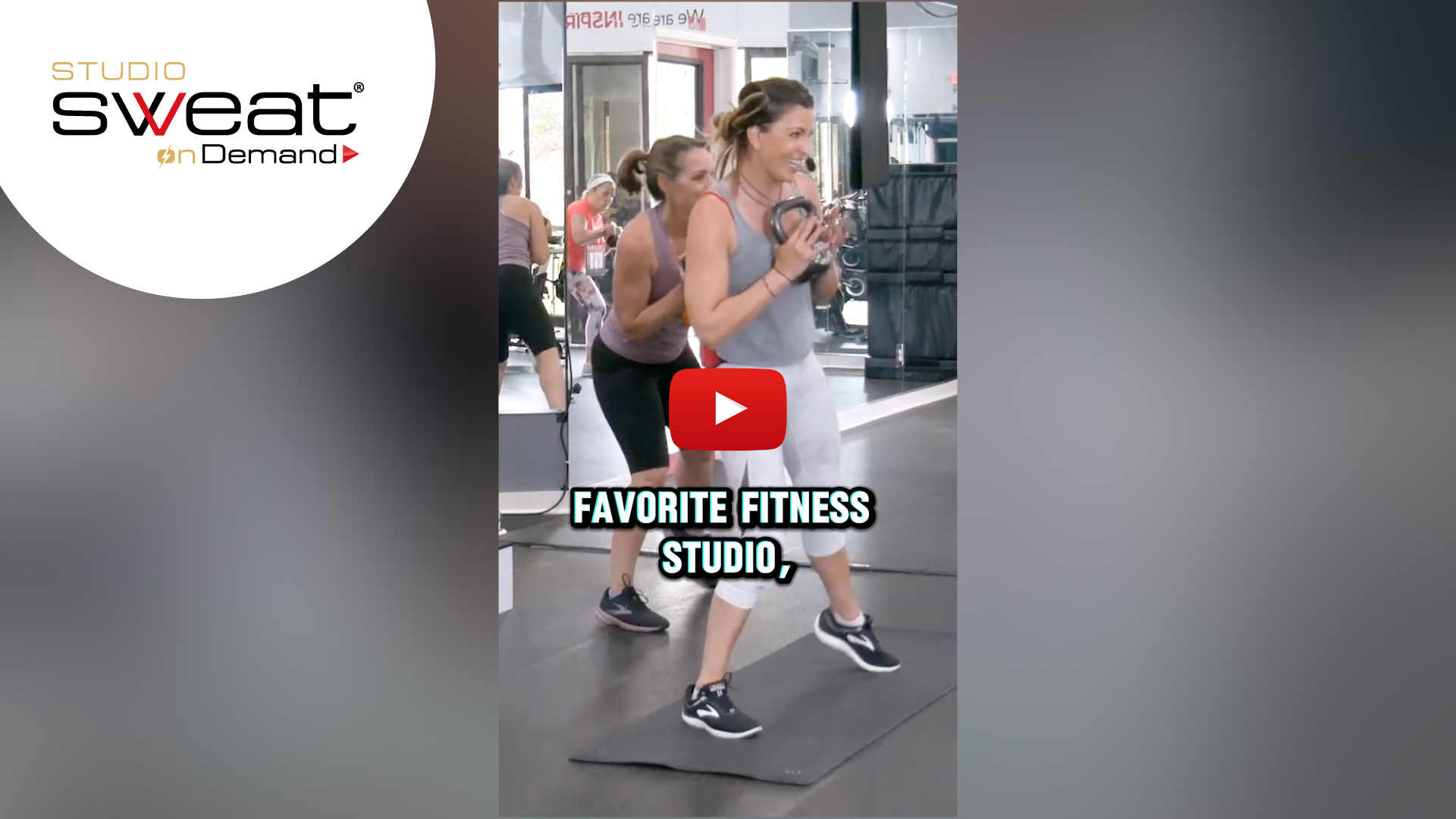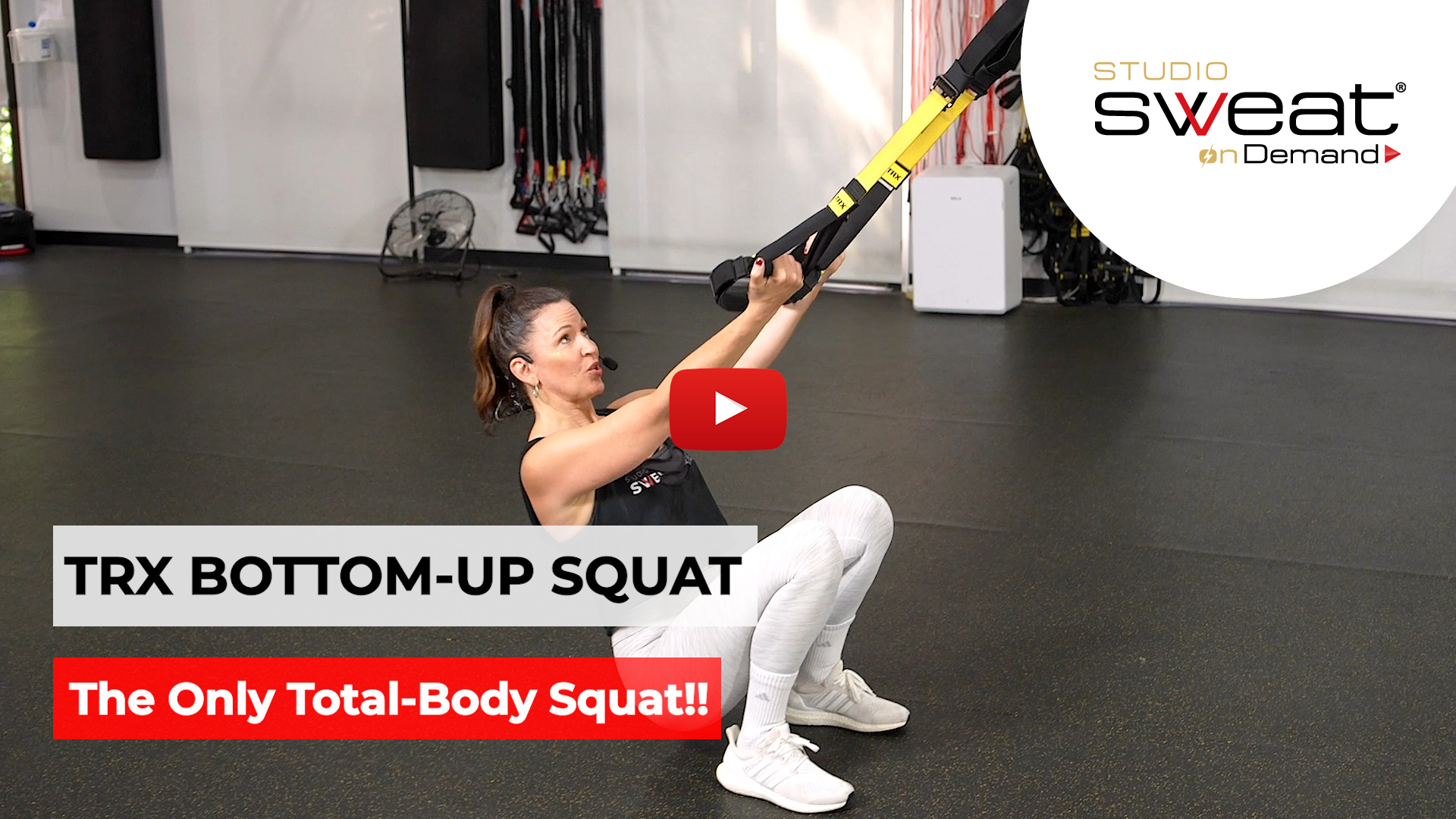Does it matter?
If you’ve tried her workouts in person or over at Studio SWEAT onDemand, you may know AJ is the BOSS when it comes to strength training. That’s why Cat loves training with her and why she’s joining Cat to talk strength training workout plans.
When you hit the gym or your home-gym and want to create your own workout plan, the order you do exercises can definitely matter. While there can be some variation depending on what your workout goals are, the specific moves you’re doing, and the weights you plan to lift, AJ has some overall tips for making the most of your strength sessions.
Go big…first!
Overall, you want to work from largest to smallest muscle groups. Smaller muscles are used as stabilizers for larger movements, and even get a little work of their own, so you don’t want to tire them out in concentrated moves before they get to hold that supporting role.
Here’s a quick reference of largest to smallest by body area.
Upper Body:

- Back – there are smaller muscles within your back, but overall, we tend to look at this as one muscle group.
- Chest
- Shoulders – your shoulders are made up of anterior (front), posterior (rear), and medial (side) delts, and many shoulder exercises also work the trapezius in your upper back.
- Biceps
- Triceps
Lower Body:

- Glutes – fun fact: glutes count in the lower body AND core muscle groups.
- Hamstrings – ideally, you’re balancing out the muscles in your hamstrings and quads, but quads tend to get more attention, so to be sure to give the hammies equal opportunity, we like to work them first.
- Quads – these are the four muscles on the top of your thighs.
- Calves – Cat gets most of her calf work on her bike, and you’ll hit them in just about any lower body exercise.
Core:
Core muscles are in your torso, basically from the bottom of your booty to the lower portion of your ribcage. These muscles include your abs, obliques (on the sides), low back, and glutes, as well as several others. You’ll find that your core is engaged in nearly every single strength move you do. But that doesn’t mean you ignore them. Be sure to include specific moves that target this part of your body.
Then mix as needed!
It’s tough, and maybe not so fun, to just go straight in order with single muscle exercises all in a row. You absolutely can if that’s your jam, but it’s also ok to mix it around a bit too.
Bounce back and forth:
If you’re doing a full-body workout, it’s totally fine to bounce between upper and lower moves. Try working chest and back and then moving to some squats to work your whole lower body. Talk about efficiency! And speaking of efficiency, you might even vary a little because of logistics. If you’re working your chest and core with some pushups, it may make the most sense to pop over to your back for some bicycles before you move onto the next muscle group, even if obliques weren’t next on the “list”.
Combos for the win:
A great way to work multiple muscles is with compound moves, using more than one muscle group together. If you’re going to work these into your plan, put them first.
You do you:
When you’re planning out your rotation, think about “you”. For example, if you’re tall and lanky, split squats may be your nemesis, so you should knock these out first. Do your hardest moves early before you fatigue.
A quick PS on classes:
When you are in a strength training class, you may find that the trainers aren’t always following these tips, and they’re not wrong. Typically, classes will do 15-20 reps with lighter weights than you may in your personal weight training, so you’re not as likely to fatigue the smaller muscles.
Bottom line as you are doing your planning: Big to small is the starting point, but there’s room to wiggle.
For those body-sculpting, fat-torching workouts where we help take the guesswork out of your workout plan, check out Studio SWEAT onDemand!

















Comments - 1